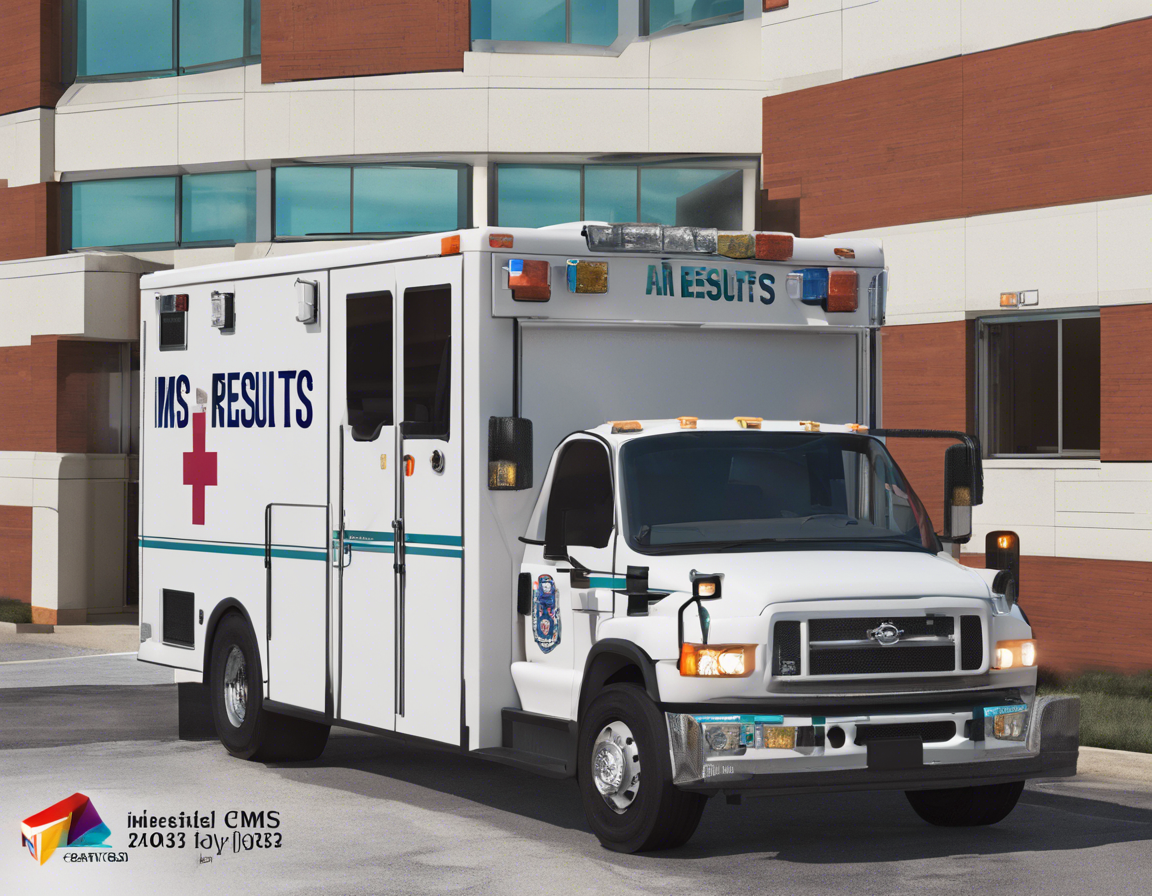Emergency Medical Services (EMS) play a vital role in providing immediate medical care to individuals in critical situations. The year 2023 has introduced several advancements in EMS practices, technologies, and protocols, leading to better outcomes for patients. In this article, we will delve into the key trends and developments in EMS results in 2023 that are unlocking the potential of emergency medical care.
The Evolution of EMS in 2023
In 2023, EMS has undergone significant transformations, incorporating cutting-edge technologies and innovative approaches to improve patient outcomes. Let’s explore some of the notable advancements shaping EMS services this year:
Utilization of Artificial Intelligence (AI) in EMS
Artificial Intelligence has revolutionized various industries, and EMS is no exception. In 2023, AI is being leveraged to enhance decision-making processes in emergency situations. AI algorithms can analyze vast amounts of patient data, vital signs, and historical records to assist EMS personnel in making accurate diagnoses and providing appropriate treatments promptly.
Telemedicine Integration in EMS
The integration of telemedicine tools in EMS has emerged as a game-changer, especially amidst the COVID-19 pandemic. EMS providers now have the ability to consult with remote healthcare professionals in real-time, enabling quicker assessments of patients and facilitating timely interventions. This technology has significantly improved the efficiency of EMS services, leading to better outcomes for patients.
Focus on Mental Health in EMS
Recognizing the importance of mental health in emergency situations, EMS providers are now receiving specialized training to address the psychological needs of patients. In 2023, there is a greater emphasis on mental health support for both patients and EMS personnel, ensuring a holistic approach to emergency medical care.
Integration of Wearable Devices
The use of wearable devices in EMS has become more prevalent in 2023. These devices, such as smartwatches and health trackers, enable EMS personnel to monitor patients’ vital signs remotely and gather crucial health data during emergencies. Wearable technology not only enhances the speed and accuracy of assessments but also allows for continuous monitoring post-treatment.
Enhanced Data Sharing and Interoperability
In 2023, there is a concerted effort to improve data sharing and interoperability among different healthcare systems and EMS providers. Seamless exchange of patient information and medical records ensures continuity of care and enables faster decision-making by EMS teams. This interoperability facilitates better coordination between EMS, hospitals, and other healthcare facilities, leading to improved patient outcomes.
Advanced Training and Education for EMS Providers
Continuous training and education are paramount for EMS providers to stay updated with the latest trends and best practices in emergency medical care. In 2023, there is a heightened focus on specialized training programs, simulation exercises, and workshops to enhance the skills and knowledge of EMS personnel. Well-trained providers are better equipped to handle complex medical scenarios and deliver high-quality care to patients.
Overcoming Challenges in EMS Results
While the advancements in EMS in 2023 have been transformative, several challenges persist in the field. These challenges include resource constraints, infrastructure limitations, and the increasing demand for emergency services. Addressing these challenges requires collaborative efforts from policymakers, healthcare organizations, and EMS providers to ensure sustainable and effective emergency medical care delivery.
Frequently Asked Questions (FAQs)
Q1: What role does technology play in improving EMS outcomes?
A1: Technology, such as AI, telemedicine, and wearable devices, enhances decision-making, communication, and data management in EMS, leading to better patient outcomes.
Q2: How are EMS providers addressing mental health concerns in emergency situations?
A2: EMS providers are receiving specialized training to offer mental health support to patients and prioritize mental well-being in their care protocols.
Q3: What are some of the key trends in EMS training and education in 2023?
A3: EMS training in 2023 focuses on advanced simulations, specialized workshops, and continuous professional development to enhance the skills of providers.
Q4: How does data sharing and interoperability benefit EMS services?
A4: Improved data sharing and interoperability ensure seamless communication between healthcare systems, enabling better coordination and decision-making in emergency situations.
Q5: What are the main challenges facing EMS providers in 2023?
A5: Challenges include resource limitations, infrastructure constraints, and the need to meet the growing demand for emergency medical services while maintaining quality care standards.
In conclusion, the year 2023 marks a significant era of innovation and progress in the field of EMS. By embracing technological advancements, prioritizing mental health support, enhancing training programs, and improving data sharing practices, EMS providers are unlocking the full potential of emergency medical care. With a focus on continuous improvement and collaboration, the future of EMS looks promising in delivering timely and effective healthcare services to those in need.
